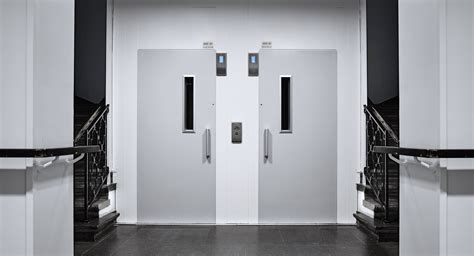Personhiss: The Heartbeat of Modern Architecture

Personhiss: The Heartbeat of Modern Architecture
Introduction
Personhiss has revolutionized urban living and transformed the skylines of cities worldwide. These vertical conveyances have become indispensable in skyscrapers, enabling swift and convenient movement between floors.
The History of Personhiss
The earliest known personhiss appeared in New York City in 1857, installed in a five-story building. Initially, these devices were powered by steam or water and were operated manually. By the early 20th century, electric motors became the standard power source, allowing for faster and safer operation.
Types of Personhiss
There are various types of personhiss designed to meet specific needs:
Hydraulic Personhiss
Hydraulic personhiss utilize a piston and cylinder system to propel the car. They are suited for low-rise buildings and offer smooth and quiet operation.
Traction Personhiss
Traction personhiss are suspended from a steel cable that runs through a grooved pulley. They provide higher speeds and are commonly used in mid-rise and high-rise buildings.
Machine-Room-Less Personhiss
Machine-room-less personhiss are compact units that do not require a separate machine room. They are ideal for buildings with limited space.
Benefits of Personhiss
Personhiss offer numerous advantages:
Convenience
Personhiss eliminate the need for climbing stairs, making it easier and faster to reach different floors.
Accessibility
Personhiss are essential for individuals with disabilities or mobility impairments, providing them with independent access to buildings.
Efficiency
Personhiss optimize traffic flow and reduce congestion, especially during peak hours.
Safety
Modern personhiss are equipped with advanced safety features, ensuring a secure and reliable ride.
Statistics on Personhiss Usage
According to the National Elevator Industry, Inc.:
* Over 1 million personhiss are in operation in the United States.
* The global personhiss market is expected to reach $120 billion by 2025.
* Personhiss account for over 60% of all vertical transportation in high-rise buildings.
Interesting Case Studies
The Empire State Building
The Empire State Building boasts 102 personhiss, making it one of the tallest buildings with the most personhiss in the world.
The Burj Khalifa
The Burj Khalifa, the tallest building in the world, features 57 personhiss that can travel up to 10 meters per second.
The Shanghai Tower
The Shanghai Towers personhiss are the fastest in the world, reaching speeds of 20.5 meters per second.
Humorous Anecdotes
* A personhiss operator in a busy office building once found a note attached to the call button that read, "Please send a personhiss, not an elevator."
* A personhiss in a hospital was once used to transport a patient who was stuck in the ceiling after falling through the roof.
* A personhiss in a luxury hotel once got stuck halfway between floors, leaving a couple stranded in a romantic embrace.
Conclusion
Personhiss have become an integral part of modern architecture, facilitating the efficient and safe movement of people in high-rise environments. Their continued evolution and innovation promise to enhance our urban experiences even further in the years to come.
